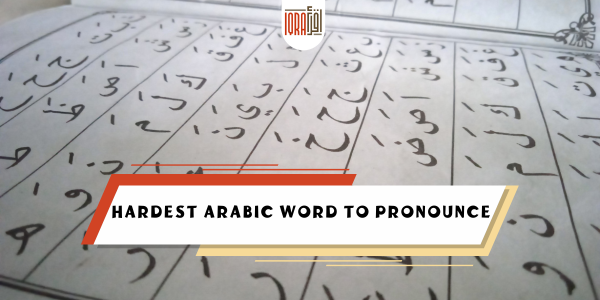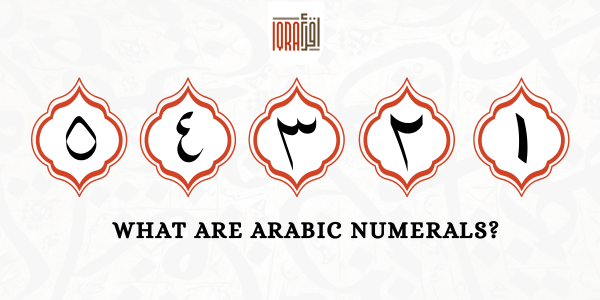Arabic grammar, known as النحو العربي (al-Nahw al-‘Arabi), is the foundation that guides the structure and usage of the Arabic language. Understanding these basics is crucial for anyone looking to grasp the elegance and intricacies of this classical language. Let’s explore the core elements of Arabic grammar, offering both an explanation and Arabic terminology.
Is There a Defined Word Order in Arabic?
In Arabic, while the common word order is Verb-Subject-Object (VSO), the language’s flexible structure allows for various orders depending on what the speaker wants to emphasize. For example, a sentence typically starting with a verb can be rearranged to start with the subject to emphasize it. This flexibility makes Arabic a particularly expressive language.
Arabic Example:
- Standard: كَتَبَ الولدُ الدرسَ (Kataba al-waladu al-darsa) – The boy wrote the lesson.
- Emphasized Subject: الولدُ كَتَبَ الدرسَ (Al-waladu kataba al-darsa) – The boy, he wrote the lesson.
The Use of Gender in Arabic
Gender is significant in Arabic grammar. Every noun, pronoun, and adjective, and the verbs associated with them, must agree in gender. Arabic recognizes two genders: masculine (مذكر – mudhakkar) and feminine (مؤنث – mu’annath).
Arabic Example:
- Masculine: الكتابُ جديدٌ (Al-kitabu jadidun) – The book is new.
- Feminine: السيارةُ جديدةٌ (As-sayyarah jadidah) – The car is new.
Plurality and Definitiveness
Arabic differentiates between singular (مفرد – mufrad), dual (مثنى – muthanna), and plural (جمع – jam‘) forms. The language also uses definite (المعرفة – al-ma‘rifah) and indefinite (النكرة – al-nakirah) articles much like ‘the’ and ‘a/an’ in English.
Arabic Example:
- Singular: قلم (qalam) – A pen
- Dual: قلمان (qalaman) – Two pens
- Plural: أقلام (aqlam) – Pens
Understanding Arabic Nouns, Verbs, and Pronouns
Arabic nouns (أسماء – asmaa’), verbs (أفعال – af‘al), and pronouns (ضمائر – dhamair) form the basis of sentence structure. Each has specific forms depending on number, gender, and case.
Arabic Example:
- Noun: بيت (bayt) – House
- Verb: يذهب (yadhhab) – He goes
- Pronoun: هو (huwa) – He
Nouns in Arabic Grammar: Types and Functions
Arabic nouns can be either definite or indefinite, and they serve various functions such as subject, object, or predicate in a sentence. Understanding these roles is vital for correct sentence formation.
Arabic Example:
- Definite noun: البحرُ كبيرٌ (Al-bahru kabirun) – The sea is big.
- Indefinite noun: بحرٌ كبيرٌ (Bahr un kabirun) – A sea is big.
Understanding Basic Arabic Sentence Structure: Statements and Questions
Arabic sentences are structured to convey statements or ask questions. The formation of questions often involves a straightforward inversion or the use of a question particle.
Arabic Example:
- Statement: ذهب الطالبُ إلى المدرسة (Dhahaba al-talibu ila al-madrasah) – The student went to school.
- Question: هل ذهب الطالبُ إلى المدرسة؟ (Hal dhahaba al-talibu ila al-madrasah?) – Did the student go to school?
How do I ask questions in Arabic?
In Standard Arabic, informational questions typically start with question words at the beginning of the sentence. Here are some examples:
- What/Which: Use “ما” (ma) or “ماذا” (maaza) for “what,” depending on the presence of a verb. “أي” (ayya) is used for “which.”
- Where: “أين” (ayna) is used to ask “where.”
- Why/When: “لماذا” (li-maza) is used for “why,” and “متى” (mata) for “when.”
- Who: “من” (man) is used to ask “who.”
- How/How much: “كيف” (kayfa) is used for “how,” and “كم” (kam) for “how much.”
Expand Your Knowledge with Arabic Grammar
Curious about delving deeper into Arabic grammar? Check out our comprehensive Arabic language curriculum and start mastering these essential skills. Sign up today and begin your journey towards fluency in Arabic.
Ready to Master Arabic Grammar?
Begin your Arabic learning adventure now by registering at Iqra Network. Explore our courses and discover the power of proficient Arabic grammar in enhance your communication and cultural appreciation.
To gain a broader perspective on Arabic grammar, you may find the following resources useful:





0 Comments
Oops comments are disabled